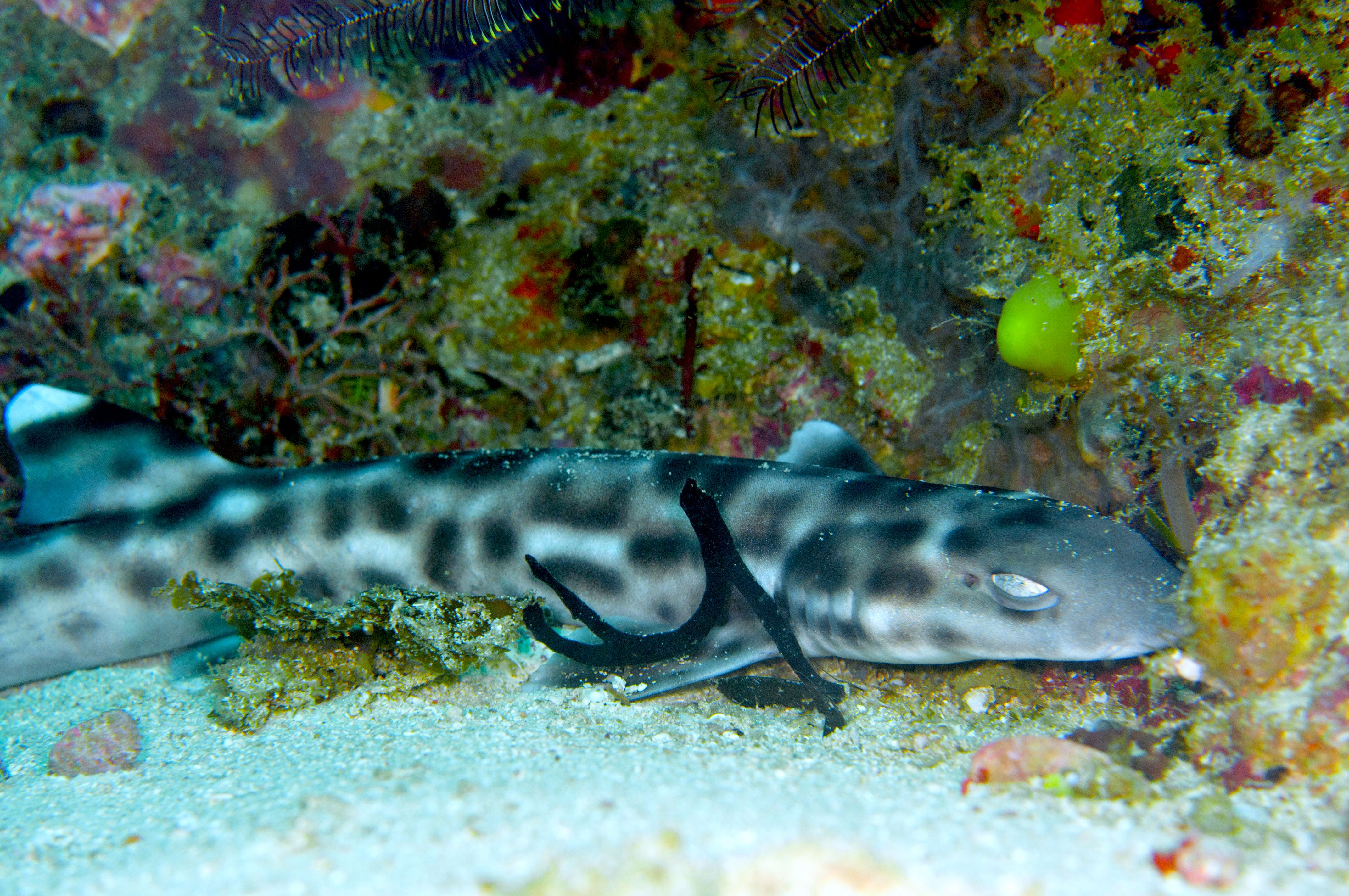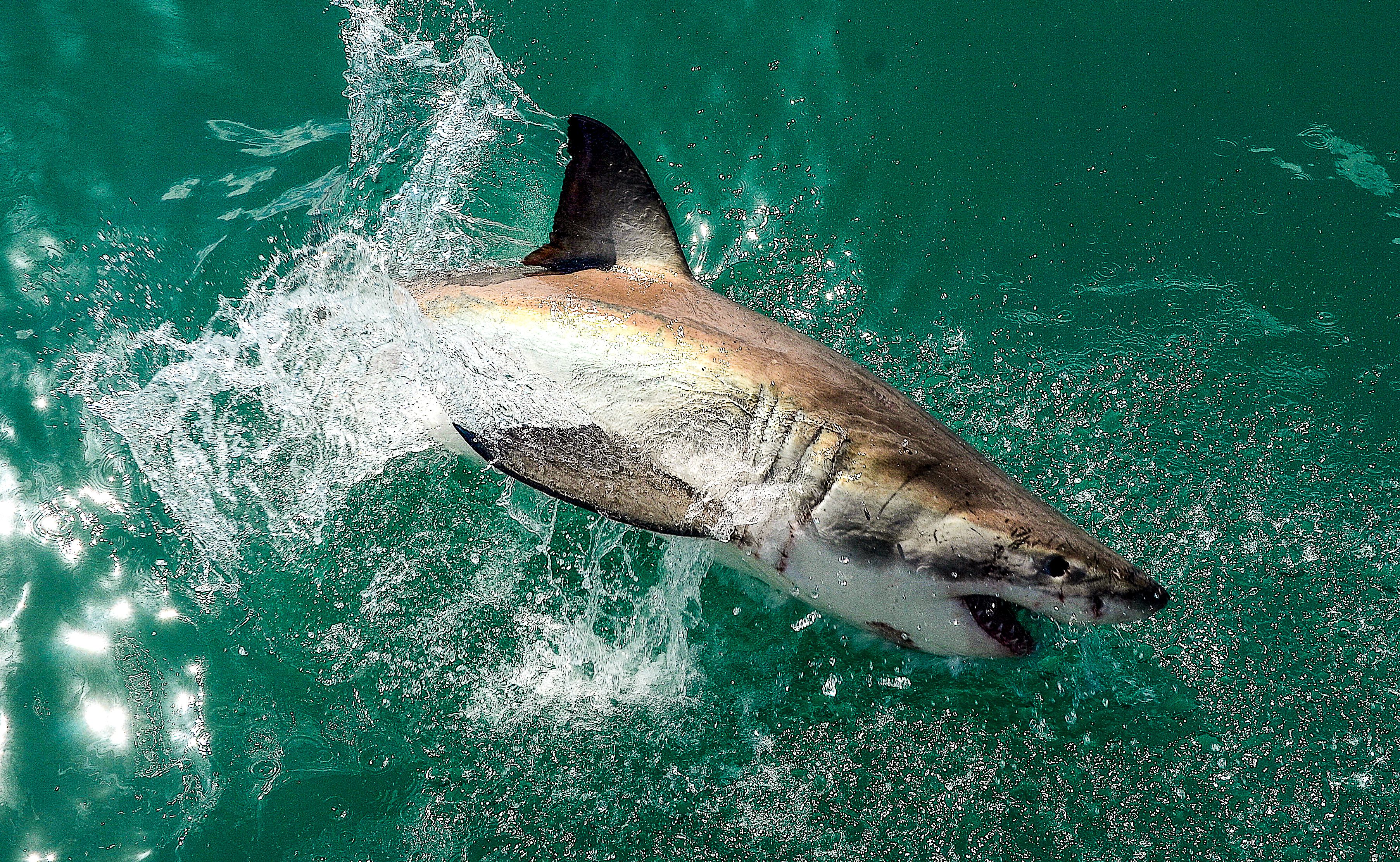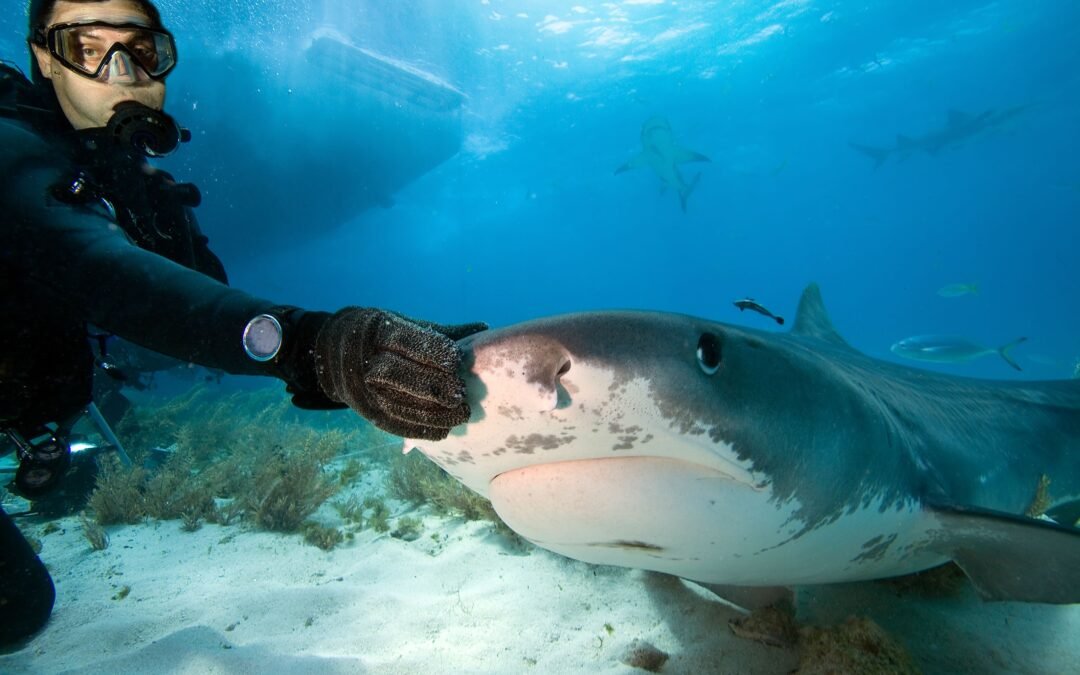Officers are warning influencers which have a attain on this world to be cautious of what they’re encouraging others to do, even by accident. From journey influencers, to ocean and diving influencers, these social media stars can acquire fairly the next, with folks hanging on their each bit of recommendation when visiting a brand new vacation spot, attempting a brand new exercise, and even in relation to animal interactions within the wild.
With that comes duty and influencing folks of issues that may put them at hazard and the wildlife at risk is what specialists deem a poor use of an viewers, with professionals advising in opposition to a few of their actions.

Associated
Experts Thrilled As They Discover A Shark That Has Never Been Spotted In Its Natural Habitat Before
Researchers discover one other unbelievable discovery within the deep sea
Be Cautious What You’re Influencing Others To Do
The Independent not too long ago reported a couple of examine, the place influencers are telling their viewers to come back into contact with (or extra particularly, pet or stroke) sharks. This has led officers to marvel if this development is probably the reason for the sudden improve in shark assaults, at the least partially.
With info within the journal Frontiers in Conservation backing up this principle of the sharks being in protection mode, there’s info displaying data of those interactions with sharks in French Polynesia being labeled as a protection mechanism after people reportedly touched or interacted with the animal ultimately that was clearly obtained as considerably threatening to the animal.
Going past the data discovered in regards to the French Polynesia, researchers glanced again on the worldwide database labeled the Shark Attack Files, because it has details about these encounters going all the way in which again to the 1800s, with a whole bunch of those occasions listed as self-defense.

Associated
What Happened When Scientists Followed A Great White Shark Across Oceans For The First Time
When scientists adopted an excellent white shark throughout oceans, one of many world’s most vicious predators gave them loads to consider.
Researchers Advise Holding Your Distance
No matter what your favourite influencers say, if somebody is attempting to persuade you to work together with, or particularly to the touch a shark, professionals advise in opposition to this.
The PSL University in France analysis lead, Professor Eric Clua, acknowledged that he believes social media is chargeable for these elevated probably harmful interactions.
“I don’t encourage, as many influencers do on social networks, [people] to cling to a shark’s dorsal fin or stroke it, below the pretext of proving that they’re innocent and [those people are] supposedly working for his or her conservation,”
Clua stated. He went on to elucidate to The Times,
“Individuals know the distinction between a [Yorkshire terrier] and a pit bull, whereas they don’t know the distinction between a blacktip reef shark and a bull shark, that are their marine equivalents.”
Sharks can probably land themselves a nasty status, even when simply appearing in self-defense.
“There’s an incredibly negative perception bias towards sharks … they’re chargeable for fewer than ten human deaths a 12 months worldwide, whereas canine are chargeable for greater than 10,000 deaths and are perceived positively by the general public.”
Regardless of what you see on social media, officers say it’s all the time greatest to look at from a distance, avoiding bodily contact when doable. “Don’t contact,” Clua states bluntly. “Simply take a look at it. Get pleasure from its magnificence, however bear in mind they’re wild animals, predators that may act as predators. It isn’t solely a matter of security but in addition of respect.” In line with specialists, it’s greatest to all the time hold your distance and stay extremely respectful of wildlife and their probably unpredictable conduct, irrespective of how nicely you suppose you already know them. Keep area and observe from afar.



Recent Comments